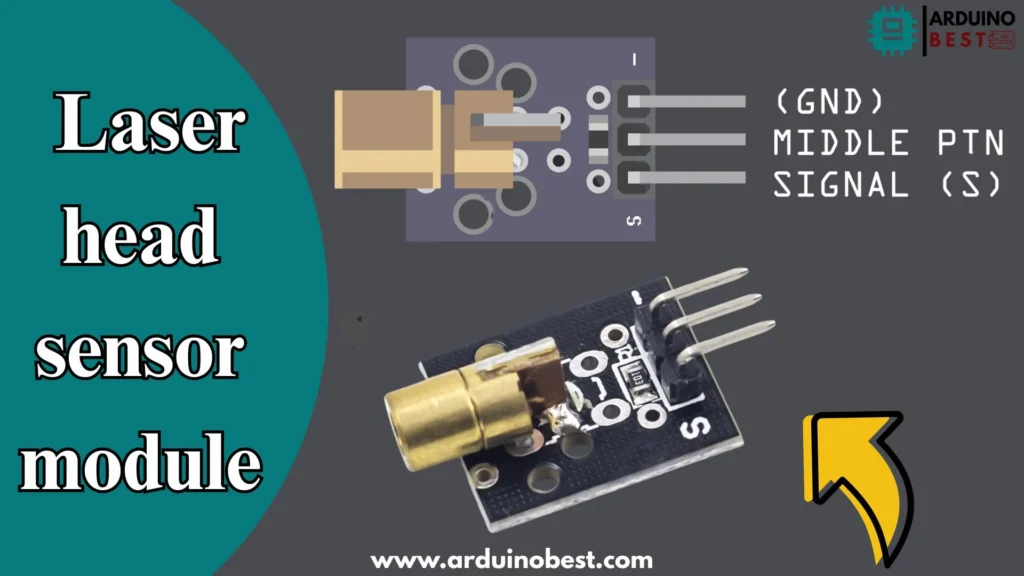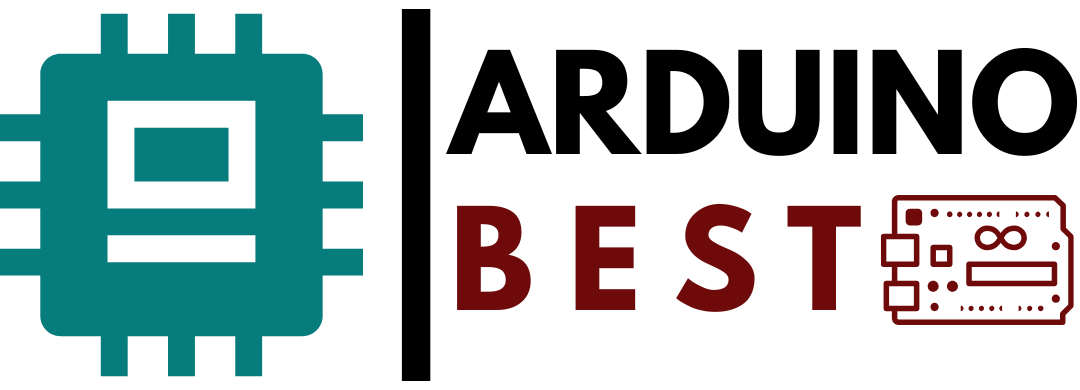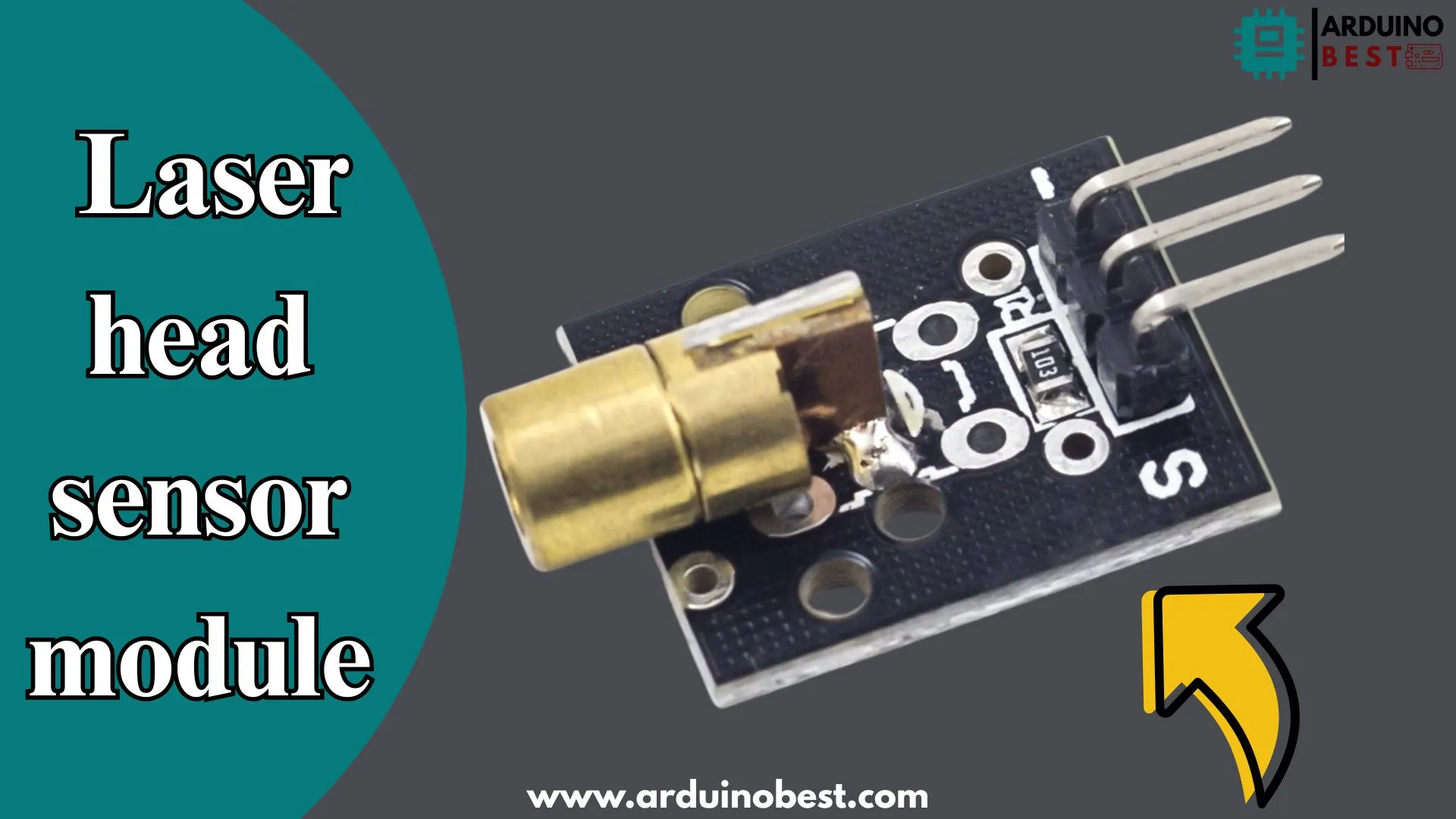Table of Contents
Introduction
Laser head sensor modules are crucial components in various applications, from industrial automation to robotics and consumer electronics. These modules use laser technology to provide high precision and accuracy in measurements and detections. Understanding their principles, components, and applications is essential for anyone working with sensors or automation systems.
Laser sensors have become a preferred choice due to their ability to perform non-contact measurements with excellent speed and accuracy. In this guide, we’ll explore how laser head sensor modules work, their types, key specifications, applications, and integration with microcontrollers. For more information on basic laser sensor technology, check out this detailed guide on laser sensors.

Understanding Laser Head Sensor Modules
A laser head sensor module is a device that uses a laser beam to detect objects, measure distances, or monitor conditions in various environments. They are non-contact sensors that operate by emitting a laser beam and receiving its reflection or transmission.
1.1 Definition and Basic Components
Laser head sensor modules generally consist of the following components:
- Laser emitter: The laser module that emits a focused beam of light.
- Receiver: Detects the reflected light and processes the signal.
- Signal processing circuit: Interprets the received signal and generates a usable output.
For more information about the basic components and working of laser sensors, check out this informative article.
1.2 Working Principle
Laser head sensor modules work by emitting a laser beam directed toward a target object. When the laser beam hits the object, it reflects back toward the sensor’s receiver. The module calculates the distance based on the time it takes for the light to return, making it possible to detect the object’s position with high precision.
1.3 Types of Laser Sensors
There are three main types of laser sensors, each serving different purposes:
- Reflective sensors: The laser beam is reflected off the target and back to the sensor.
- Through-beam sensors: The sensor and emitter are placed facing each other, and the beam must travel through the detection area.
- Retro-reflective sensors: The sensor emits a beam that reflects off a reflector, allowing it to detect objects.
For further details on laser sensor types and their uses, visit Keyence’s Laser Sensor Overview.
Components and Specifications
Laser head sensor modules are sophisticated devices with various components designed to work together for maximum efficiency and accuracy. Understanding these components and key specifications is essential for selecting the right module for your application.
2.1 Laser Emitter
The laser emitter is the heart of the laser head sensor module. It generates the laser beam that interacts with the target. Key factors to consider include:
- Wavelength: Determines the type of surface the laser can interact with and its sensitivity.
- Power: Affects the range and precision of the sensor.
2.2 Receiver and Detection System
The receiver captures the reflected laser beam and converts it into a usable signal. Common detection elements include photodiodes and phototransistors, which detect the light and send the signal to the processing circuit. Sensitivity and response time are crucial for accurate detection.
2.3 Signal Processing Circuitry
The signal processing circuit interprets the signal received from the laser reflection. This component filters and amplifies the signal to ensure accurate distance calculation and object detection. The processing circuit also helps filter out noise, ensuring reliable operation.
2.4 Key Specifications to Consider
When choosing a laser head sensor module, consider the following specifications:
- Range: The maximum distance the sensor can detect.
- Accuracy: The precision of the measurement or detection.
- Response time: How quickly the sensor can detect and respond to changes.
- Environmental tolerance: Considerations for operating conditions, including temperature and humidity.
Applications of Laser Head Sensor Modules
Laser head sensor modules are used in a wide range of applications, from industrial automation to consumer electronics. Their ability to provide non-contact, precise measurements makes them suitable for numerous tasks.
3.1 Industrial Automation
Laser sensors are widely used in assembly lines and robotic systems for position sensing, displacement measurements, and object detection. They ensure high precision and improve the efficiency of automated processes.
3.2 Robotics
Laser sensors play a vital role in robot navigation by detecting obstacles and measuring distances. They help robots map their environment and avoid collisions, making them integral to autonomous systems.
3.3 Consumer Electronics
Laser sensors are also found in consumer electronics, such as computer mice, gaming equipment, and motion sensors. Their ability to track movements with high accuracy improves user experiences in various applications.
3.4 Security Systems
Laser sensors are used in security systems for motion detection and perimeter monitoring. They offer advantages over traditional motion sensors, such as greater accuracy and faster response time.
3.5 Medical Devices
In the medical field, laser head sensor modules are used for precise measurements in diagnostic equipment. They help ensure patient safety and accuracy in procedures like laser surgeries.
Advantages and Limitations
Laser head sensor modules come with several advantages, but there are also some limitations to consider.
4.1 Advantages
- High precision: Provides very accurate measurements even in dynamic environments.
- Non-contact sensing: Reduces wear and tear, increasing sensor lifespan.
- Fast response time: Ideal for fast-moving objects or real-time monitoring.
4.2 Limitations
- Environmental sensitivity: Laser sensors can be affected by dust, humidity, and ambient light.
- Cost: Higher initial cost compared to alternative sensor types.
- Safety concerns: Improper use of lasers can pose safety risks, particularly to the eyes.
Integrating Laser Head Sensor Modules with Microcontrollers
Laser head sensor modules can be easily integrated with microcontrollers like Arduino, ESP32, and Raspberry Pi to create custom solutions for automation and control.
5.1 Compatibility Considerations
Ensure the voltage and current requirements of the laser module match your microcontroller’s capabilities. Many sensors operate at 5V or 3.3V, making them compatible with popular microcontrollers.
5.2 Wiring and Connection
- VCC → 5V pin on the microcontroller.
- GND → Ground pin.
- OUT → Digital input pin on microcontroller.
5.3 Programming and Calibration
When programming, use libraries such as the LaserSensor library in Arduino to process the sensor’s output. Ensure to calibrate the sensor for optimal performance and accuracy.
Safety Considerations
Laser sensors are generally safe, but precautions should be taken to avoid exposure to the laser beam, especially at high intensities.
6.1 Understanding Laser Safety
Laser safety is classified into different classes based on the potential hazards. Be sure to understand the laser class and use appropriate protective measures, such as safety glasses.
6.2 Protective Measures
- Use of enclosures to protect users from accidental exposure.
- Implement interlocks for emergency situations.
Maintenance and Troubleshooting
Proper maintenance ensures long-lasting performance for your laser sensor modules.
7.1 Routine Maintenance
- Clean the lens periodically to prevent dust accumulation.
- Regularly update software and firmware to ensure the sensor works optimally.
7.2 Common Issues and Solutions
- Signal loss: Could be due to alignment issues or environmental interference.
- Weak detection: Check for dirt or obstructions in the sensor’s path.
Conclusion
laser head sensor modules are essential tools in various industries, from industrial automation to robotics and consumer electronics. Their ability to provide high precision, non-contact measurements, and fast response times makes them indispensable in many applications. By understanding the key components, types, and working principles of these sensors, you can harness their full potential to improve the efficiency and accuracy of your systems.
Whether you are integrating them into automation systems, using them for robot navigation, or applying them in security monitoring, laser head sensor modules offer reliable performance. However, it’s important to consider factors such as range, accuracy, and environmental sensitivity when selecting the right module for your specific needs.
Additionally, understanding the safety precautions necessary when working with lasers ensures that you can use these sensors without compromising safety. Proper integration with microcontrollers and consistent maintenance will also extend the longevity and performance of your sensors.
Incorporating laser head sensor modules into your projects can elevate their functionality, providing you with a powerful tool for non-contact detection and measurement, whether in a professional setting or hobbyist environment.
Arduino Projects:
1- Complete Guide for DHT11/DHT22 Humidity and Temperature Sensor With Arduino
2- DHT11 – Temperature and Humidity Sensor
3- DHT22 – Temperature and Humidity Sensor (more accurate than DHT11)
4- BMP180 – Barometric Pressure and Altitude Sensor
5- BMP280 – Barometric Pressure & Temperature Sensor
6- BME280 – Temperature, Humidity, and Pressure Sensor
7- Arduino Flex Sensor Controlled Robot Hand
8- Arduino ECG Heart Rate Monitor AD8232 Demo
9- Arduino NRF24L01 Wireless Joystick Robot Car
10- Arduino Force Sensor Anti-Theft Alarm System
11- Arduino NRF24L01 Transceiver Controlled Relay Light
12- Arduino Rotary Encoder Controlled LEDs: A Complete Guide

